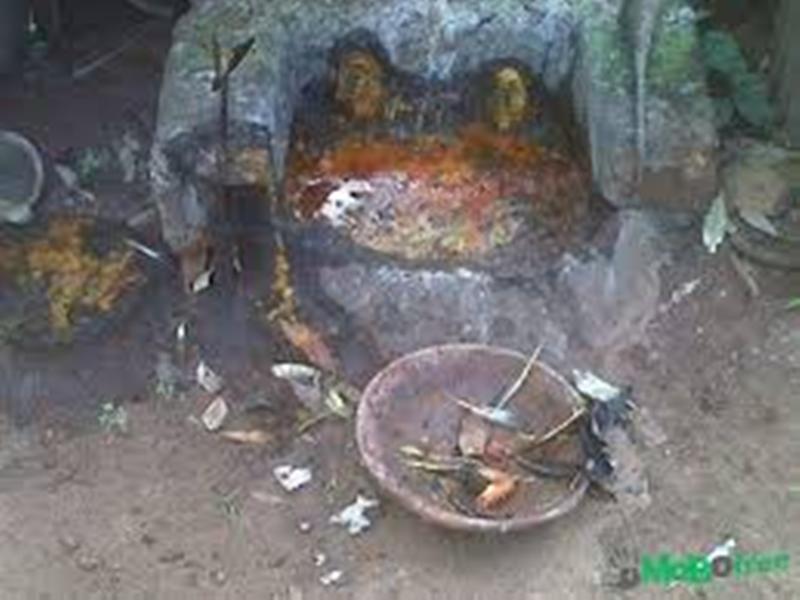The Maize Association of Nigeria (MAAN) says it was erecting a maize pyramid in Kaduna state, as part of its loan repayment under the Anchor Borrowers Programme (ABP).The maize, which was sourced from across the country was the second pyramid erected by the association since the commencement of the ABP in 2015.Speaking with journalists in Kaduna on Wednesday, the National President of MAAN, Dr Abubakar Bello, said the pyramid was to showcase the successes of the Anchor Borrowers Programme.He said that the pyramid, the first of its kind in Nigeria, was part of the loan repayment by maize farmers to the Central Bank of Nigeria in the 2021 wet season farming. “We want to set up this pyramid in order to showcase the success and the achievement of the Anchor Borrowers Programme, under President Muhammadu Buhari.“Also, we want to showcase what we have done and to acknowledge what Mr President has done for maize farmers in Nigeria, as well as to show the efforts and appreciation of all maize farmers in Nigeria.“I want to appreciate the efforts and support of the Kaduna state governor,
Mallam Nasir El-Rufai, who embraced this programme and promised to support us, we have seen the reality.“The number of pyramids to be erected would be determined by the space we have here. The loan repayment is for the 2021 wet season,” he said. Speaking on the high cost of maize, Dr Bello said, COVID-19 pandemic was a contributory factor because input production companies were unable to produce, due to movement restriction. He said that maize production increased to 20 million metric tons in 2020, as against 8 million metric tons that was being produced as at 2015, before the introduction of the ABP.
“The issue of high price of food is something that is not only for maize, because if you look at the statistics of FAO, there will be food shortage by the end of 2021, hence this would bring about high price of other commodities.“ The price of maize is even better than the price of other commodities, it is a global issue, it is not only in Nigeria. “Another factor that contributed to the high cost of maize is COVID-19 in 2019 and 2020, because the inputs that is being produced across many countries in the world were not produced in 2019 and 2020.“There was scarcity of inputs that farmers will use on their farms, even the mechanization equipment were very scarce due to the pandemic, as a tool formally sold for N1,500 is now N4000, thereby bringing about increases in the cost of production.
“Before the Advent of this administration in 2015, we only had 8 million tons of maize, but by the end of 2020, it has increased to 20 million tons. “Apart from that, farmers now have access to inputs without their money, but as a loan, they get the technology under the ABP. “Where farmers are getting 20 tons of maize, has increase to 50 tons, there is a new technology of farming, there are extension services under the ABP. “Mechanization, monitoring and evaluation, the farmers are benefiting and they have increased their production. “The maize mills we have in the country have increased, the processors have more companies and are now employing more people, these are the success stories of the ABP. “In one season, more than one million people got jobs under ABP,” he said.
Engr. Joseph Bamidele, the Coordinator of the Anchor Borrowers Programme under MAAN of Nigeria and Assistant Secretary General of MAAN, said the maize pyramid would showcase the successes farmers had achieved in their mass production in this country. Today, we are here to start the formation of the second national pyramid in Nigeria, and probably in Africa. The Commissioner for Agriculture, Kaduna State, Ibrahim Hussaini, said the pyramid was symbolic, but would go a long way in convincing Nigerians that the CBN’s ABP programme and the association were ensuring that Nigeria achieved self-sufficiency in food production. (NAN)





2 Comments